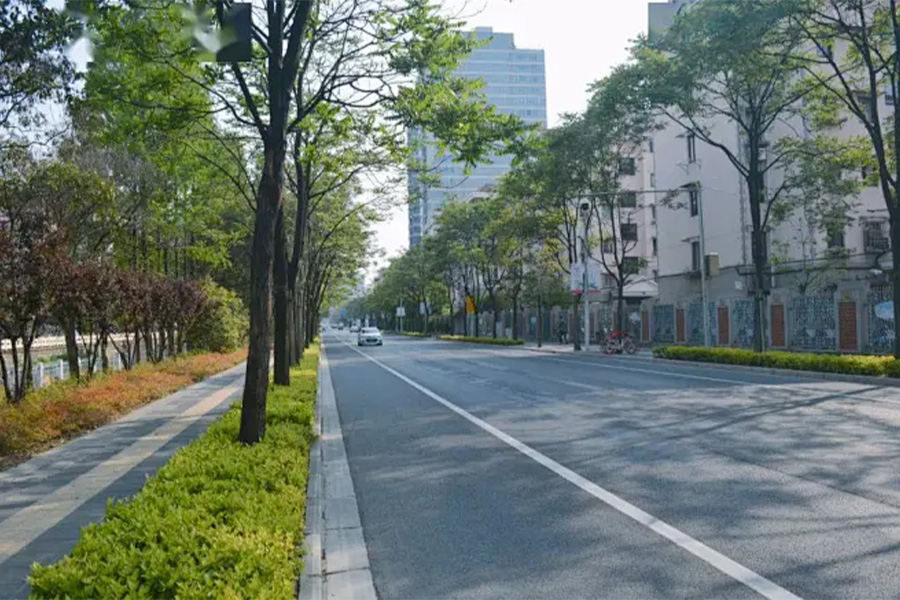Urban road infrastructure is the backbone of modern cities, facilitating movement, commerce, and social interaction. Municipal roadways, as integral components of this infrastructure, play a pivotal role in shaping the urban landscape. They serve as pathways for daily commutes, emergency services, and public transportation, while also influencing economic development and urban planning. However, like any other infrastructural element, municipal roadways come with their own set of merits and demerits.

Merits of Municipal Roadways
One of the most evident merits of municipal roadways is their role in enhancing connectivity. Well-planned and maintained road networks ensure that residents can easily traverse the city, access essential services, and commute to work or school efficiently. This, in turn, fosters social cohesion and economic vitality by enabling seamless interaction between different parts of the urban fabric.
Moreover, municipal roadways contribute to urban development by providing access to remote and underserved areas. By extending road networks into these regions, cities can promote equitable growth, reduce economic disparities, and enhance the overall quality of life for their inhabitants. Additionally, road infrastructure can support the development of new residential and commercial areas, further stimulating economic activity and job creation.
Municipal roadways also play a crucial role in facilitating public transportation. Efficient road networks enable buses, trams, and other forms of public transit to operate smoothly, reducing congestion and making public transportation a more attractive option for commuters. This, in turn, can lead to reduced carbon emissions (although this aspect will not be elaborated on in this discussion) and a more sustainable urban transport system.
Demerits of Municipal Roadways
Despite their many benefits, municipal roadways are not without their challenges. One significant demerit is traffic congestion. As cities grow and populations increase, road networks can become overwhelmed, leading to slow commutes, increased fuel consumption, and air pollution (again, not the focus of this article). Traffic congestion not only frustrates residents but also hampers economic productivity by wasting valuable time and resources.
Another issue is the maintenance and upkeep of municipal roadways. Over time, roads can degrade due to wear and tear, weather conditions, and inadequate maintenance. Potholes, cracks, and uneven surfaces can pose safety hazards and disrupt the flow of traffic. While regular maintenance is essential to extend the lifespan of road infrastructure, it requires significant financial investment and logistical planning.
Furthermore, municipal roadways can contribute to urban sprawl. The expansion of road networks can lead to the development of new residential and commercial areas on the outskirts of cities, often at the expense of green spaces and agricultural land. This can disrupt natural habitats, affect biodiversity, and contribute to environmental degradation (though this aspect is not being emphasized here).
Additionally, the planning and construction of municipal roadways can sometimes prioritize motor vehicles over other modes of transportation, such as bicycles and pedestrians. This can lead to unsafe conditions for non-motorized users and limit the accessibility of road networks for all residents. Inclusive urban planning that accommodates a variety of transportation modes is crucial to ensuring that municipal roadways serve the needs of the entire community.
Conclusion
In conclusion, municipal roadways are essential components of urban road infrastructure, offering numerous benefits in terms of connectivity, development, and public transportation. However, they also present challenges such as traffic congestion, maintenance issues, urban sprawl, and safety concerns for non-motorized users. Navigating these merits and demerits requires careful planning, ongoing maintenance, and a commitment to inclusive urban development. By addressing these challenges thoughtfully, cities can harness the full potential of their municipal roadways to support sustainable growth and improve the quality of life for their residents.

 Return
Return


